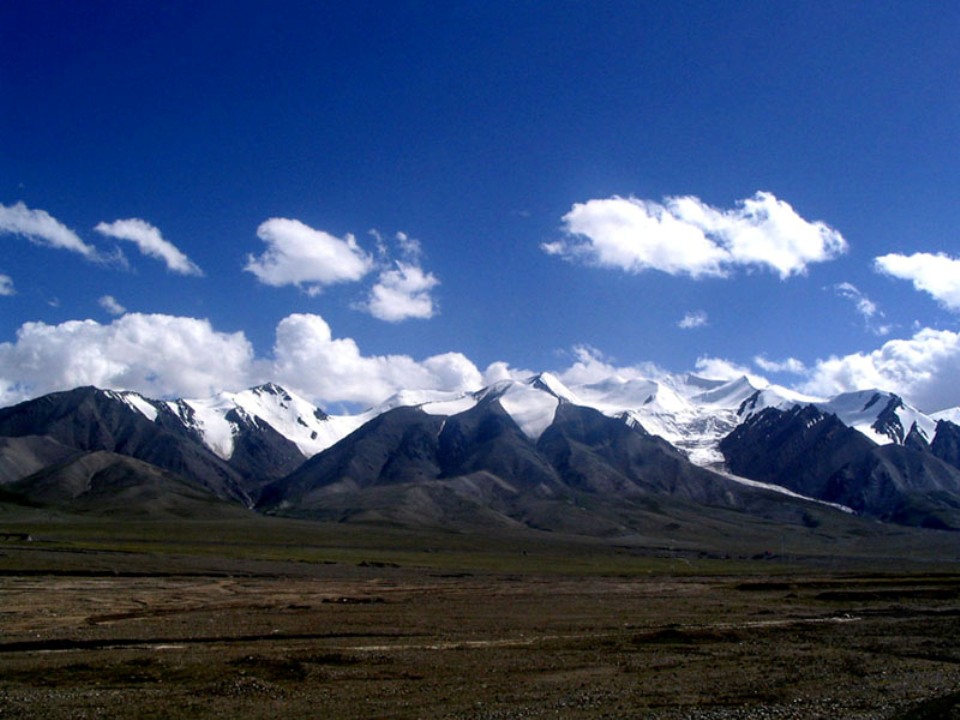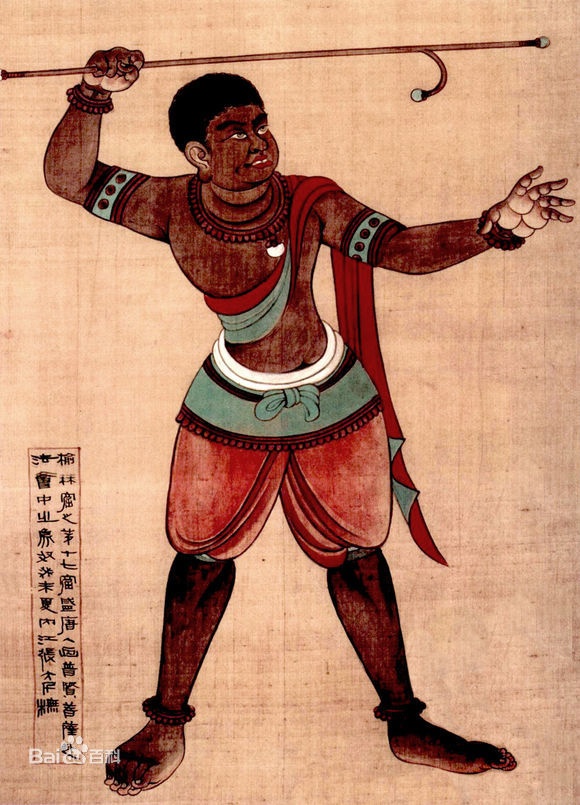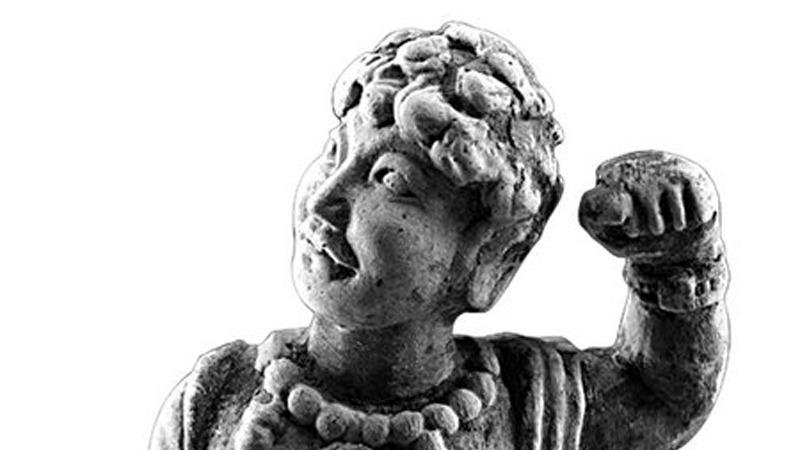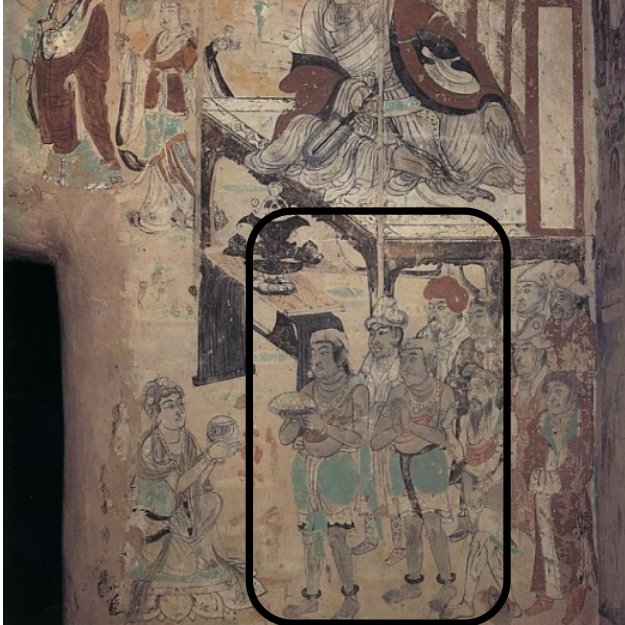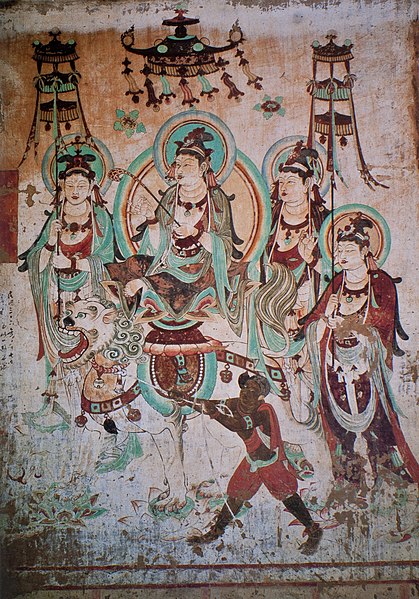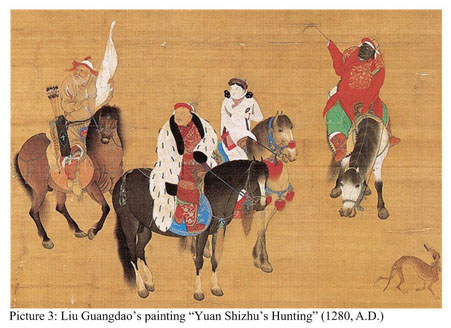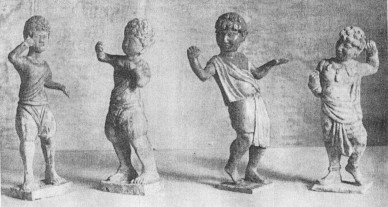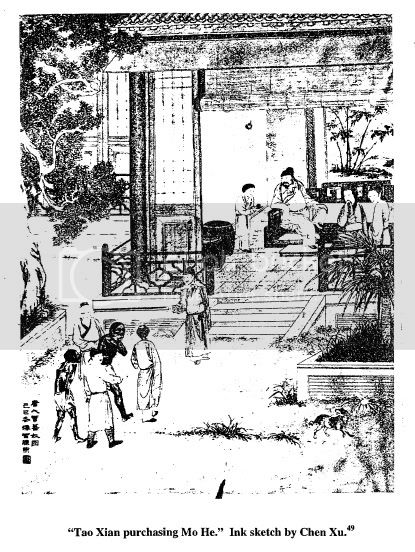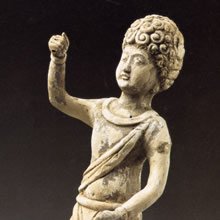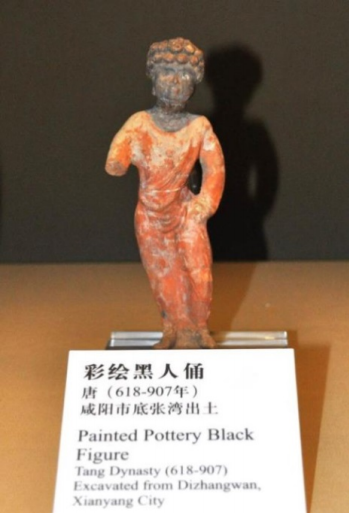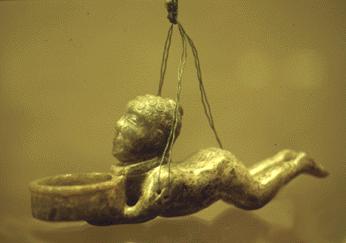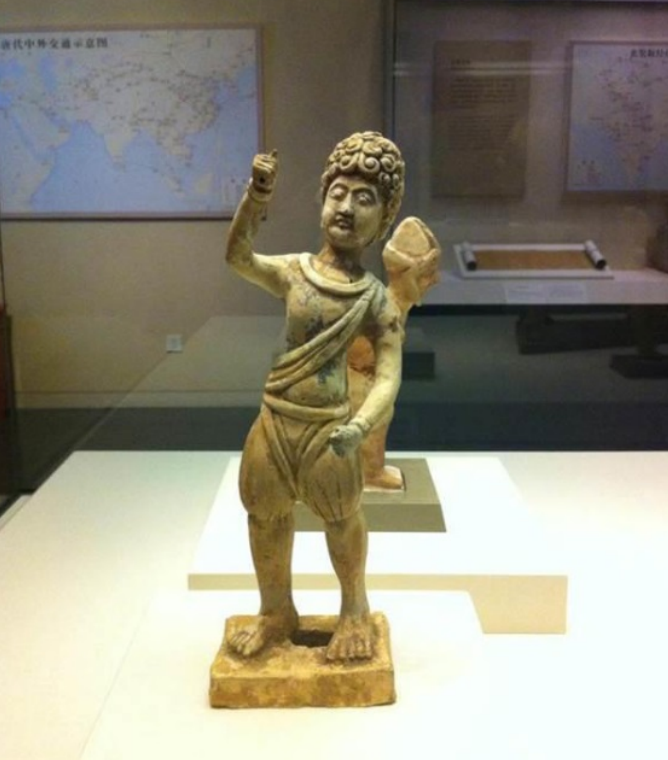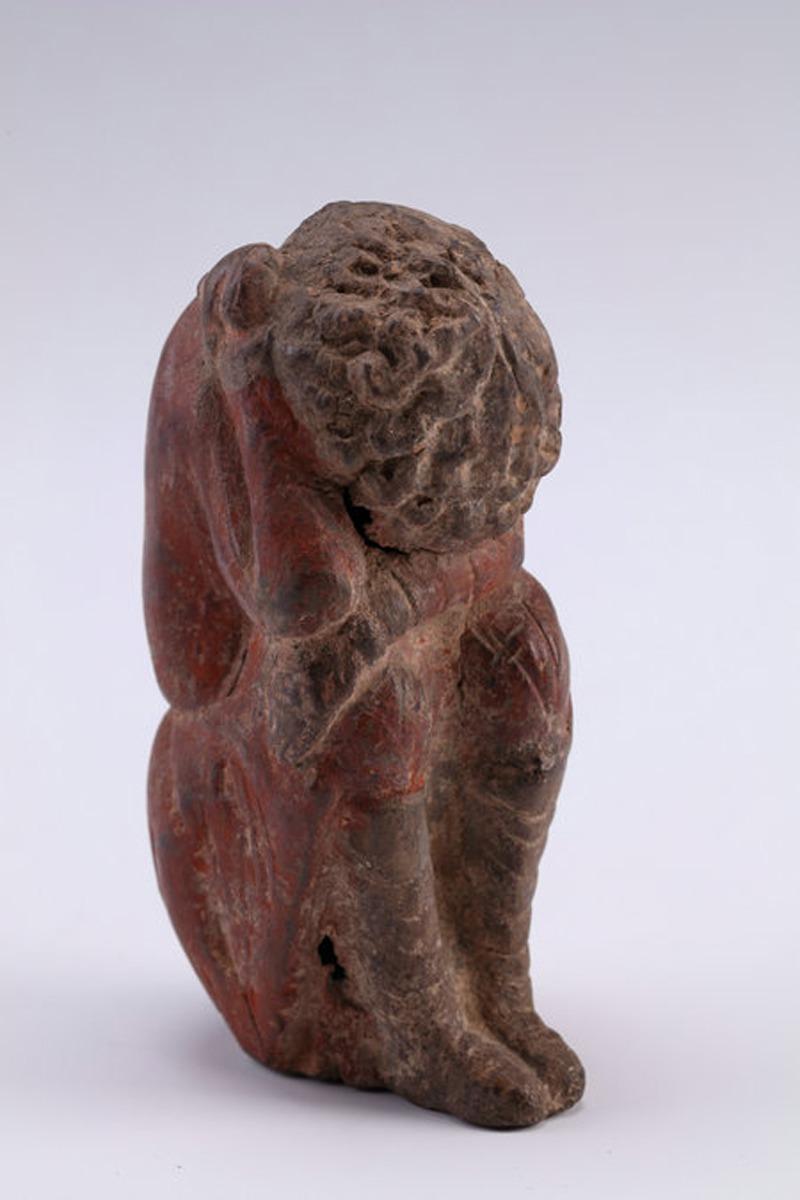Have you ever heard of the "Kunlun Slaves" of ancient China? A thread on race, slavery, and the history of #Black servitude in #China... 1/
#slavery #history #twitterstorians #race #Asia #Chinese #Kunlun
#slavery #history #twitterstorians #race #Asia #Chinese #Kunlun
This thread is based on Julie Winesky's "The Magical Kunlun and “Devil Slaves”: Chinese Perceptions of Dark-skinned People and Africa before 1500". See also Kang Heejung, "Kunlun and Kunlun Slaves as Buddhists in the Eyes of the Tang Chinese". Credit where credit is due! 2/
The phrase "kunlun" in classical #Chinese refers to Black slaves, largely from East Africa and Southeast Asia. Black slaves were known to ancient #China through #Arab and #Persian traders, who sold and utilized these slaves throughout maritime networks. 3/
Some elite Chinese officials even owned black slaves, although not been considered "chattel" under Chinese legal conceptions of slavery. As I have discussed in a previous thread on slavery in China, Chinese slaves were not treated as property. 4/ https://twitter.com/IranChinaGuy/status/1330924112039059464?s=20
During Liu Song dynasty (420-479), sources describe a "kunlun slave" who was '"often at [the emperor's] side. He was ordered to beat the ministers and officials with a stick," and even the highest-ranking ministers "feared his venom." 5/
The origin of the term "kunlun" (崑崙) is unclear. As early as the Han dynasty, the Kunlun Mountains in northwest China were viewed as the home of the mythical Xi Wang Mu 西王母 (Queen Mother of the West). Over time, it came to denoted mystical and faraway lands and people. 6/
Kunlun was not exclusively used to describe black people either - there were areas called "kunlun areas" that contained people whose skin was not considered dark, and places where the inhabitants were described as dark-skinned but not called kunlun. 7/
There were also other words used to describe black slaves of the #Arabs, like "sengchi/zengqi", a transliteration of the #Arabic word "zanj", meaning dark. One source (circa 800 CE) uses the term kunlun to describe dark-skinned people from the islands of the South Pacific:
8/
8/
"They are the non-Chinese peoples from the
east, those from the island of the Southern Seas. Their bodies are black...There are many types of them, including the zanj, turmi, kurdang, and khmer. They are all base peoples. These countries lack ritual and propriety." 9/
east, those from the island of the Southern Seas. Their bodies are black...There are many types of them, including the zanj, turmi, kurdang, and khmer. They are all base peoples. These countries lack ritual and propriety." 9/
"...They steal in order to live, and love to feed on humans for food, as if they were some sort of evil ghost. The words they speak do not have any correct meaning at all...They do extremely well when they enter the water, since they can stay there for a day without dying." 10/
Many negative characteristics. There is still racism in China w/r/t Black people. For example, just recently, it was reported that Africans in China faced discrimination after being accused of secretly spreading the coronavirus due to their "dirty" habits. But I digress... 11/
However, this is not the whole story. By the time of the Tang Dynasty, "kunlun slave" characters were popular parts of folklore, usually had superhuman strength and ability. Serving as the hero, they displays far more strength, virtue, and morality than their masters. 12/
For example, one famous character is Mo Juanhe, a black kunlun slave. The story begins with Mo's mother, a poor women, dreaming of a "foreign monk" who presents her with a child with a shiny, black face, who he claims is her son and will one day achieve great power. 13/
The woman gives birth to a son with black skin "like iron." The boy later meets the Emperor, who was delighted. Amused that the boy's surname, Mo (墨), "ink," matched his physical appearance, he dubbed him "Mo Kunlun" and gave young Mo black clothes as a gift. 14/
Via Winesky: "The kunlun's characteristic black skin also had magic powers, revealed in a Buddhist miracle tale in the Taiping guangji." A story tells of an old man, a Buddhist mystic, who used this power to assist a woman, Jiao Xin, with her back pain. 15/
"The old man ordered the kunlun to come forward and open his hand...He rubbed his fingers on the palm of the kunlun's hand...which became dyed 'like black lacquer.' The old man then put his lacquered fingers on two moxibustion points on Xiao Jin's back..." 16/
"When Xiao Jin awoke from her dream, her pain had ceased...Although the old man is the Buddhist savior, it is the kunlun slave who has the supernatural power."
Another story depicts Mo Le, who is the slave of a Chinese official who pines for the concubine of another. 17/
Another story depicts Mo Le, who is the slave of a Chinese official who pines for the concubine of another. 17/
The concubine gives the official mysterious hand signals and sings strange songs in his presence, which he doesn't comprehend. Seeing his master distraught, Mo asks what is wrong, and is able to discern from the story that the concubine desires to be save her from her master. 18/
Mo valiantly rescues the girl, but must flee after the concubine's former owner discovers what has happened. As Winesky says, "The portrayal of Mo Le as the tale's hero places the kunlun slave in a positive light: his cunning, bravery, and sensitivity to the concubine... 19/
...far surpass that of his cowardly master. As he flies over walls with two grown people on his back and escapes from fifty soldiers, Mo Le's physical prowess reaches mythical proportions. The author describes him as "like a winged bird, with speed like an eagle." 20/
In southern China especially, it was not unheard of to have black slaves. Zhu Yu writes about foreign traders and rich households on the southern Chinese coast in his 1197 Notes on Pingzhou: (trans Winesky)
"Many of the wealthy households in Guangzhou raise devil slaves..." 21/
"Many of the wealthy households in Guangzhou raise devil slaves..." 21/
"They have strength and can carry several hundred catties. Their languages and preferences are not the same as ours, [but] their temperament is honest and they do not attempt to run away...Their coloring is black like ink, their lips are red and their teeth white..." 22/
"...their hair is curly and yellowish. There are both females and males. They were born in the mountains beyond the sea. They eat uncooked food. When they are captured, they are fed cooked food, which gives them diarrhea...This causes some of them to become sick and die..." 23/
"Those who do not die can be domesticated. Those who have been domesticated for a long time can understand human language, although they cannot speak it themselves..." 24/
So in conclusion, black slaves were rare, but not unheard of, mostly of Arab/SE Asian origin. They were enslaved as others in China, but not as property, and were respectable and magical characters in folklore, but also were looked down upon as inferior in other contexts. 25/

 Read on Twitter
Read on Twitter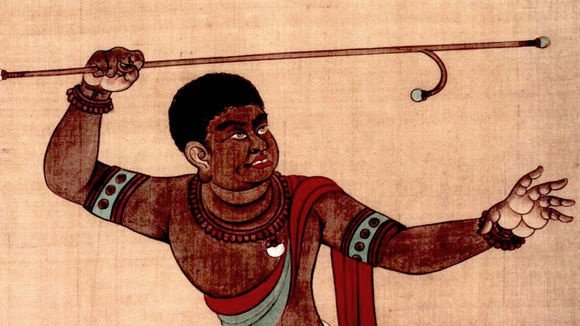
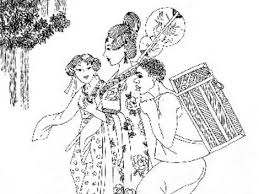
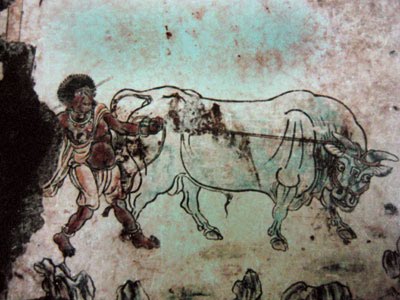
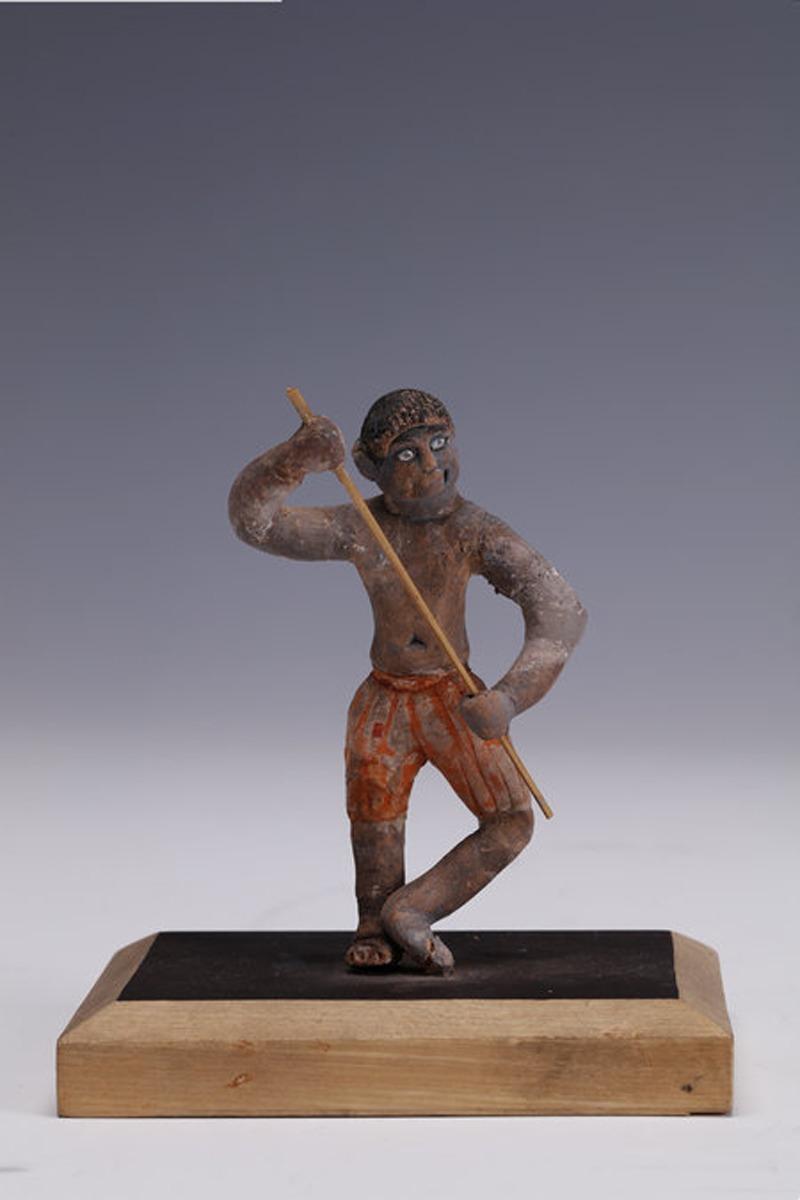
![During Liu Song dynasty (420-479), sources describe a "kunlun slave" who was '"often at [the emperor's] side. He was ordered to beat the ministers and officials with a stick," and even the highest-ranking ministers "feared his venom." 5/ During Liu Song dynasty (420-479), sources describe a "kunlun slave" who was '"often at [the emperor's] side. He was ordered to beat the ministers and officials with a stick," and even the highest-ranking ministers "feared his venom." 5/](https://pbs.twimg.com/media/EpoDz7vWwAEfuDo.jpg)
